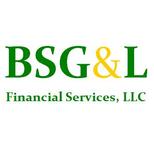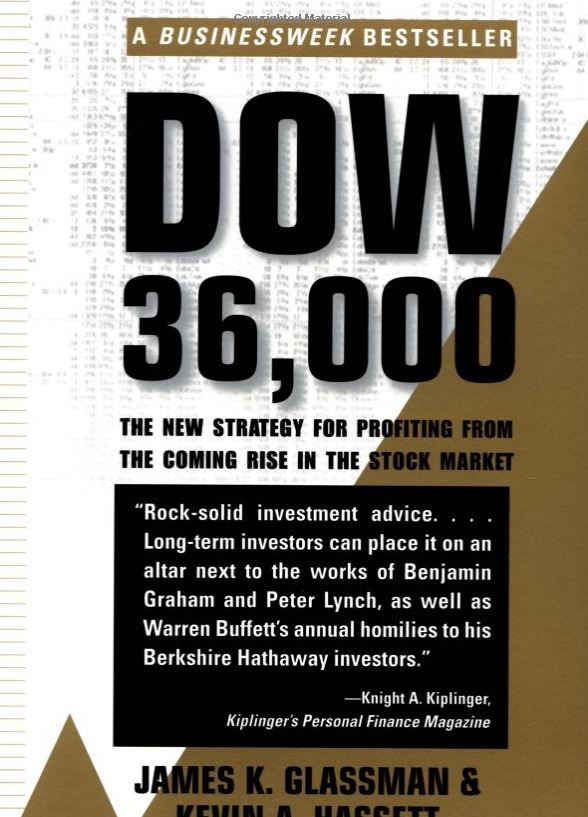The economic recovery from the Great Recession is more than five years old. Along the way, we have had fits-and- starts growth. Some quarters are good. Some are not.
The first half of 2013 was below the average return of previous recoveries. However growth picked up in the third quarter, which came in at a rather robust 4.1%. The fourth quarter, which was released on Thursday, January 30th, came in at a better growth rate than I had anticipated of 3.2% which meant 2013 full year growth rate was 1.9%.
In my opinion, the first quarter of 2014 the U.S. will grow about 1.75% to 2.25% and 2.5% for the year. The increase in my growth estimate is based on my forecast for improved consumer spending and corporate capital spending. Although the economy is recovering, it’s not growing fast enough reduce unemployment.
There are several reasons for the increase in U.S. economic growth growth. Household debt has come down substantially over the last few years. Consumer sentiment has improved. State and local governments have improved their fiscal positions by reducing debt and increasing their fund reserves. Many states are experiencing substantial increases in revenue.
If these trends continue, growth could pick up even more. Lastly, even though the markets threw a temper tantrum when the Federal Reserve announced it would taper its bond purchases, the Fed will stay accommodative for a prolonged period of time in my opinion. If so, this should appease the markets and slow rate increases on the long end of the interest rate curve. That is beneficial for the economy and for equities.
For a change, it looks like the economic climate in Europe is improving, but at a slow rate. Spain and Italy recently announced positive growth for the fourth quarter. However, this is offset by the problems incurred by the BRIC developing countries.
Brazil is having major currency problems caused by an increase in the country’s trade and capital deficits. India is having the same problems. Russia is declining in output and China is somewhat stable around the 7.5% growth rate.
A new area of growth is Sub-Saharan Africa. These nations are working together in ways that should allow a more rapid economic expansion. There is a very large population in this region that is poor. In my opinion, as these economies improve, you could see a China-like increase in the middle class. These factors, on balance, have prompted the World Bank to increase their estimate of world GDP growth in 2014.
Over the last year, I have mentioned several times the large competitive advantage that lower energy prices have given U. S. manufacturers. Industrial production increased for the fifth straight month in December. The U.S. manufacturing capacity utilization increased in December to the highest level since the summer of 2008.
As the utilization of idle capacity increases, companies begin to increase capital spending. This will add to the growth in GDP as well as in hiring. According to my research, there is over $100 billion dollars in pipeline expansion underway as well as more than $110 billion in chemical plant expansions domestically.
As midstream companies see rising prices for Liquefied Petroleum Gas (LPG) and an increase in contracts for Liquefied Natural Gas (LPG) for export, they will continue their expansion plans.
Though I have no hard evidence to support this, the mid-stream sector should be the place to be this year. Another segment of the economy that continues to expand is petrochemicals. One of our current holdings, Westlake Chemicals (WLK), has seen increases in margins and increases in shipments of specialty chemicals. Its olefins and vinyl production has increased 26% year over year.
The company is expanding its ethylene production in Lake Charles and recently purchased a PVC pipe producer. These two items greatly contributed to this increase in margins and shipments.
One other company that has potential in my opinion is LyondellBasell (LYB) , which I plan to buy more of as cash becomes available.
With rising prices for natural gas and natural gas liquefiers, we are seeing increased profits for the players in the Bakken and Eagle Ford shale. As these companies better understand the reservoirs they are drilling in, they are able to decrease their drilling cost and timeframe, which increases production faster and improves their margins.
We believe the economy is expanding at a slightly faster pace than in the past. That is why we are emphasizing investments in companies with good cash flow, good cash distributions and companies that operate in areas where they have a competitive advantage due to much lower energy costs and raw material input costs.
We prefer companies that generate good, after-tax returns. Their price-earnings ratios are at levels that are attractive compared to the low interest rates on investment grade bonds. With interest rates at historic lows, even as dividend taxes go up, the after-tax returns are still higher than most investment grade debt.
There is a growing shift from very low yield bonds into equity. BSG&L is a long term investor and we believe that if you are patient, build cash and buy good companies on pullbacks, your portfolio will have good growth over the long term.
DISCLAIMER: The investments discussed are held in client accounts as of January 31, 2013. These investments may or may not be currently held in client accounts. The reader should not assume that any investments identified were or will be profitable or that any investment recommendations or investment decisions we make in the future will be profitable. Past performance is no guarantee of future results.



